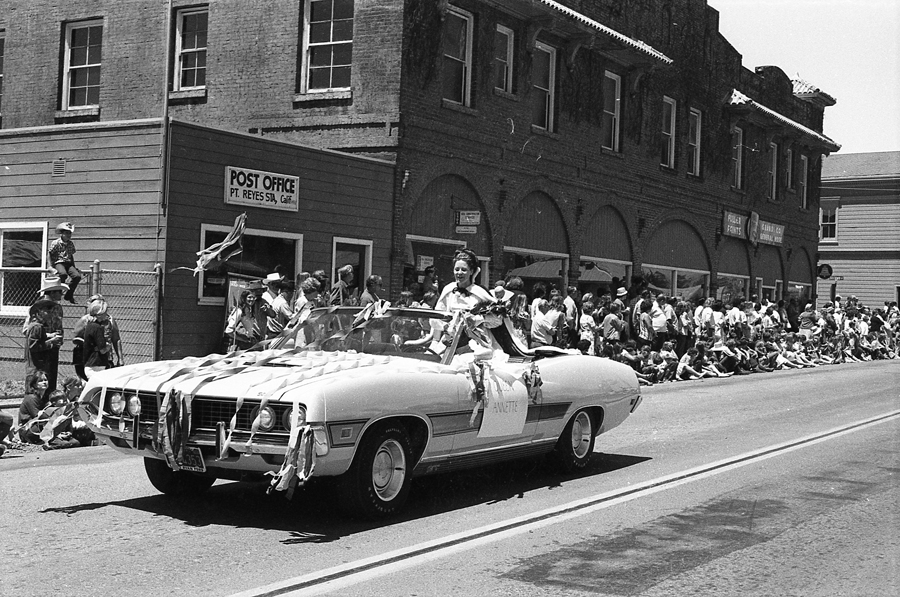In the early 1970s, photographer Lee Sims snapped pictures of community barbecues, Synanon activities, festivities at the Marshall Tavern (where he bar tended on . . .
Exhibit features Light photos from early ‘70s


In the early 1970s, photographer Lee Sims snapped pictures of community barbecues, Synanon activities, festivities at the Marshall Tavern (where he bar tended on . . .